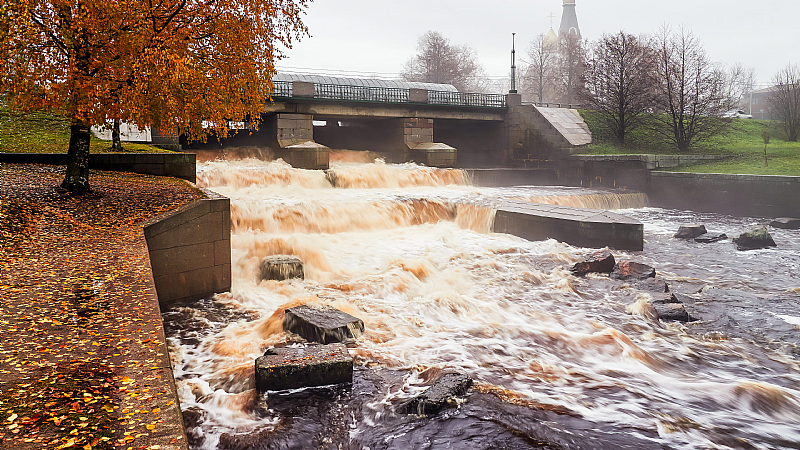Products
Quality Water Management

Data Loggers & Modems & Water Level Recorders
Different Models of Products for Data Logging and Recording and Communication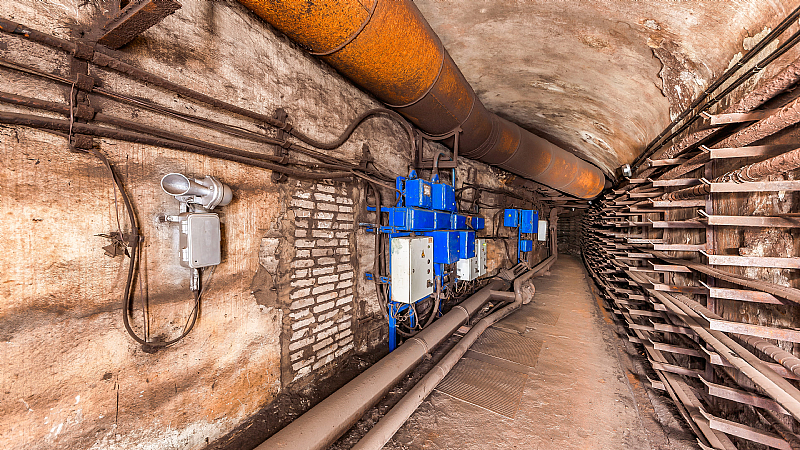
Underground Water Measurement Systems
Systems used in Wells, Underground Water Pipes and Reservoirs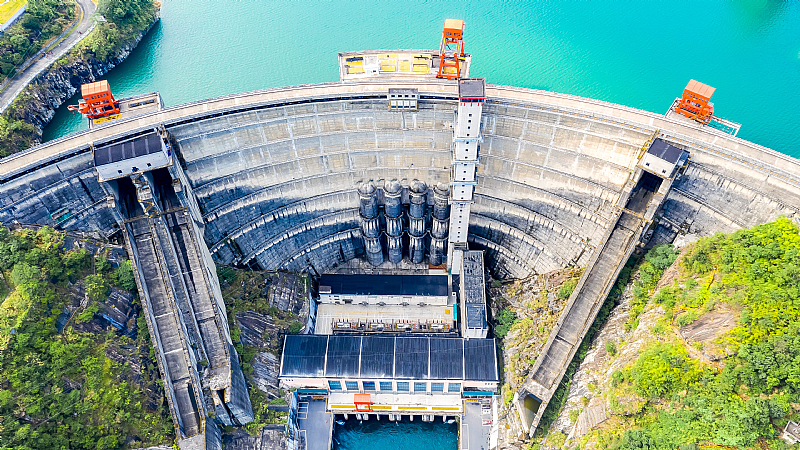
Hydrometric Monitoring Stations
Systems used in Rivers, Dams,Wells, Lakes and Irrigation Canals for Monitoring Systems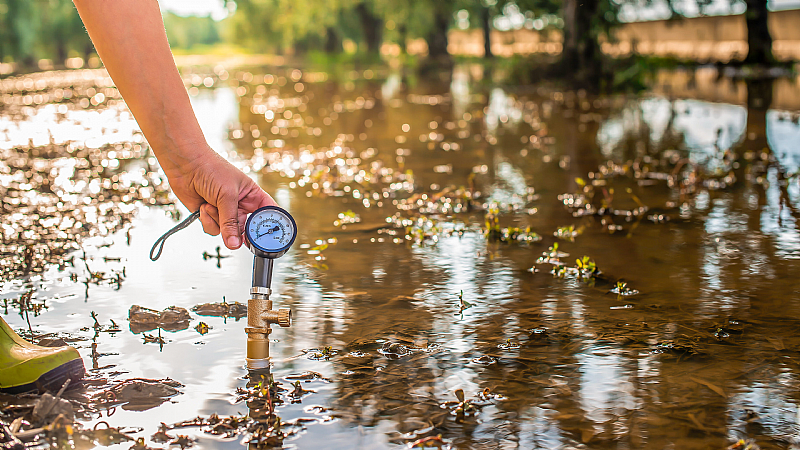
Flow Measurement Systems
Systems used in Irrigation Canals, Rivers and Pipes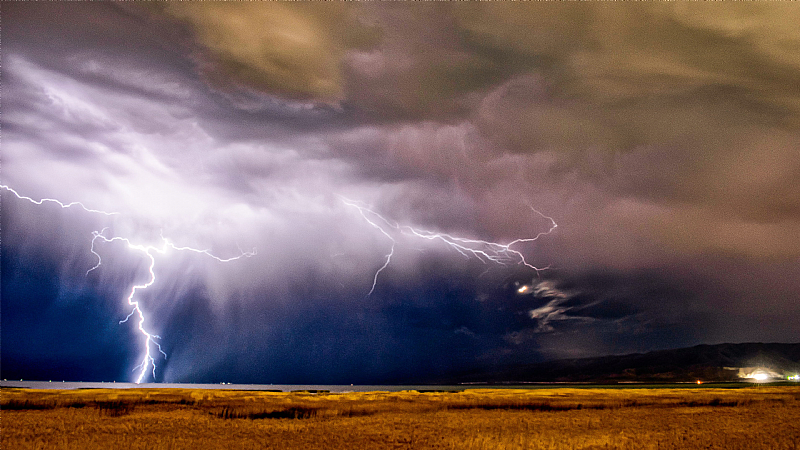
Meteorology
Agricultural, Air, Sea and Harbor Stations and Environmental Monitoring Systems